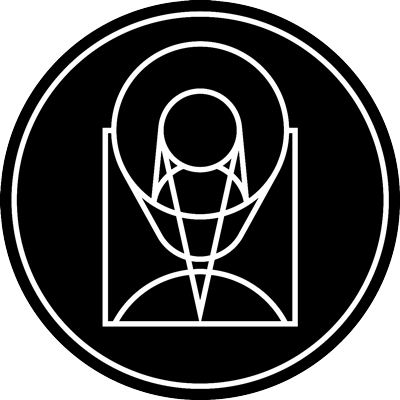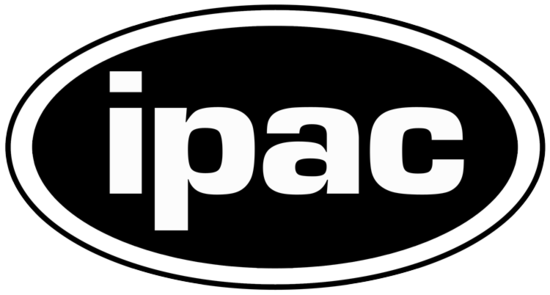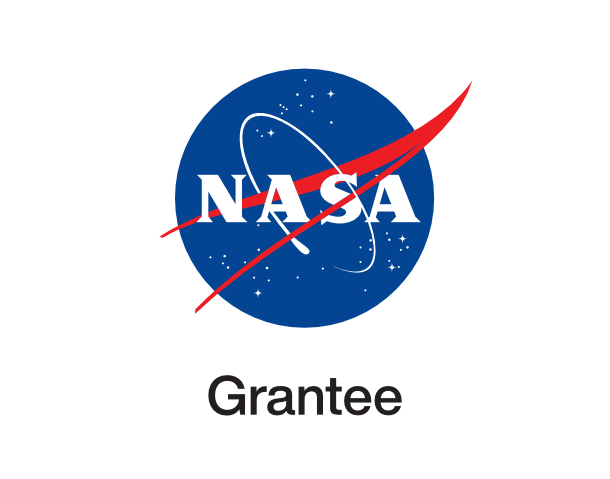Location of the Gravitationally Lensed Galaxy in the Cluster

stsci_1997-25b July 30th, 1997
Credit: Marijn Franx (University of Groningen, The Netherlands), Garth Illingworth (University of California, Santa Cruz) and NASA
A NASA Hubble Space Telescope image of the galaxy cluster CL1358+62 has uncovered a gravitationally-lensed image of a more distant galaxy located far beyond the cluster. The gravitationally-lensed image appears as a red crescent to the lower right of center. The galaxy's image is brightened, magnified, and smeared into an arc-shape by the gravitational influence of the intervening galaxy cluster, which acts like a gigantic lens. Exact measurement of the distance from spectroscopic observations with the W. M. Keck Observatory in Hawaii show the lensed galaxy is the farthest ever seen. Its light is only reaching us now from a time when the universe was but 7% its current age of approximately 14 billion years. This places the young galaxy as far as 13 billion light-years away. The lensing foreground cluster is 5 billion light-years from us.
Provider: Space Telescope Science Institute
Image Source: https://hubblesite.org/contents/news-releases/1997/news-1997-25
Curator: STScI, Baltimore, MD, USA
Image Use Policy: http://hubblesite.org/copyright/

- ID
- 1997-25b
- Subject Category
- D.5.1.8 D.5.5.3
- Subject Name
- CL1358+62
- Credits
- Marijn Franx (University of Groningen, The Netherlands), Garth Illingworth (University of California, Santa Cruz) and NASA
- Release Date
- 1997-07-30T00:00:00
- Lightyears
- 13,000,000,000
- Redshift
- 13,000,000,000
- Reference Url
- https://hubblesite.org/contents/news-releases/1997/news-1997-25
- Type
- Observation
- Image Quality
- Good
- Distance Notes
- Lightyears galaxy is from Earth
- Facility
- Hubble, Hubble
- Instrument
- WFPC2, WFPC2
- Color Assignment
- Cyan, Orange
- Band
- Optical, Infrared
- Bandpass
- V, I
- Central Wavelength
- 606, 814
- Start Time
- Integration Time
- Dataset ID
- Notes
- Coordinate Frame
- ICRS
- Equinox
- 2000.0
- Reference Value
- 210.00849999861, 62.51782307222
- Reference Dimension
- 640.00, 583.00
- Reference Pixel
- -487.04544742050, 342.97677032759
- Scale
- -0.00002779094, 0.00002779094
- Rotation
- -0.48121450446
- Coordinate System Projection:
- TAN
- Quality
- Full
- FITS Header
- Notes
- World Coordinate System resolved using PinpointWCS 0.9.2 revision 218+ by the Chandra X-ray Center FITS X FITS Y EPO X EPO Y 1930.57 1181.27 132.00 101.00 2090.71 1229.71 294.00 150.00 1986.91 1285.07 185.00 204.00 1992.84 1377.99 194.00 298.00 2079.83 1358.22 281.48 278.29 Center Pixel Coordinates: 320.00 209.96075135204 291.50 62.51651624432
- Creator (Curator)
- STScI
- URL
- http://hubblesite.org
- Name
- Space Telescope Science Institute Office of Public Outreach
- outreach@stsci.edu
- Telephone
- 410-338-4444
- Address
- 3700 San Martin Drive
- City
- Baltimore
- State/Province
- MD
- Postal Code
- 21218
- Country
- USA
- Rights
- http://hubblesite.org/copyright/
- Publisher
- STScI
- Publisher ID
- stsci
- Resource ID
- STSCI-H-p9725b-f-640x583.tif
- Resource URL
- https://mast.stsci.edu/api/latest/Download/file?uri=mast:OPO/product/STSCI-H-p9725b-f-640x583.tif
- Related Resources
- http://hubblesite.org/newscenter/archive/releases/1997/25
- Metadata Date
- 2022-07-06T00:00:00
- Metadata Version
- 1.2
Detailed color mapping information coming soon...













